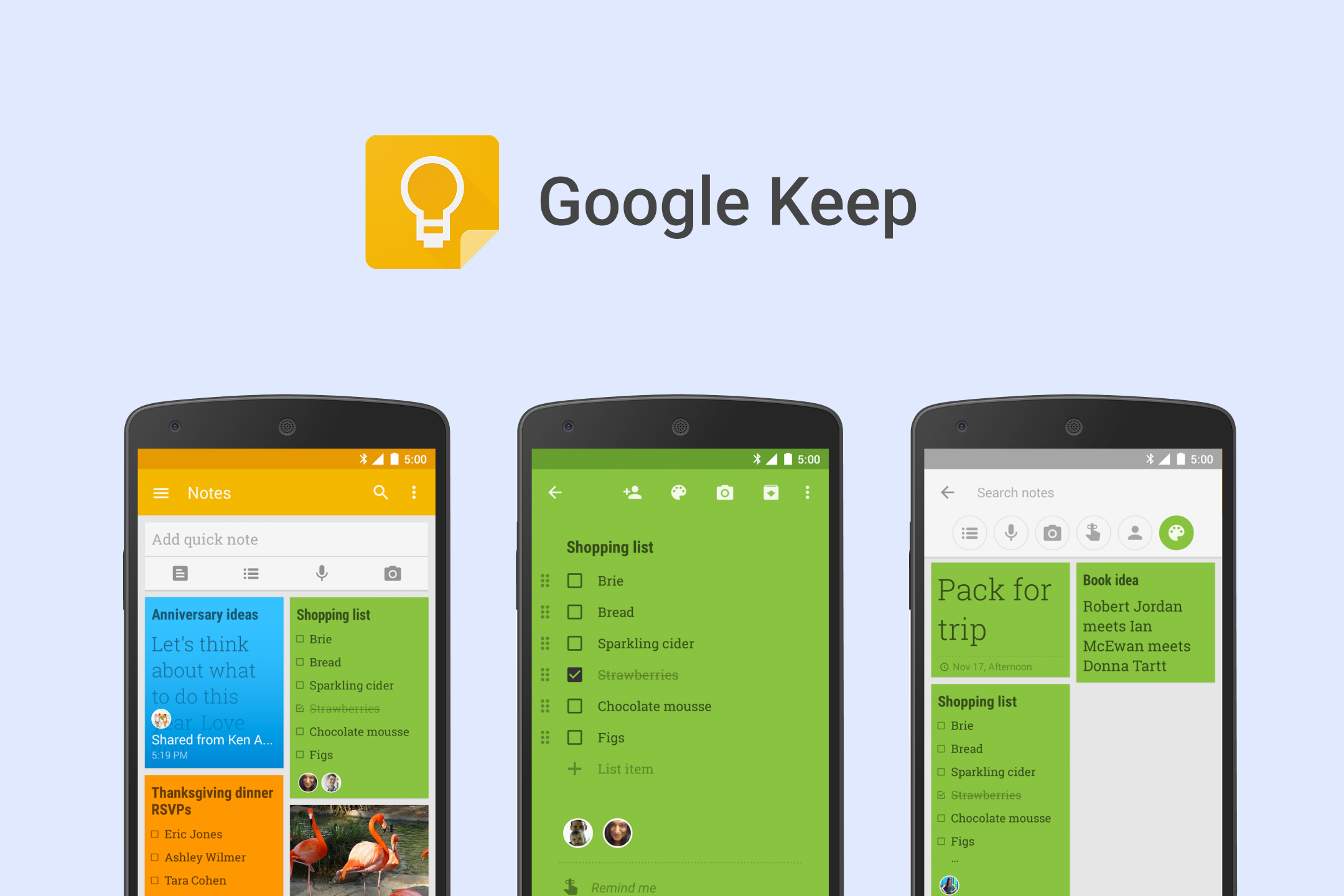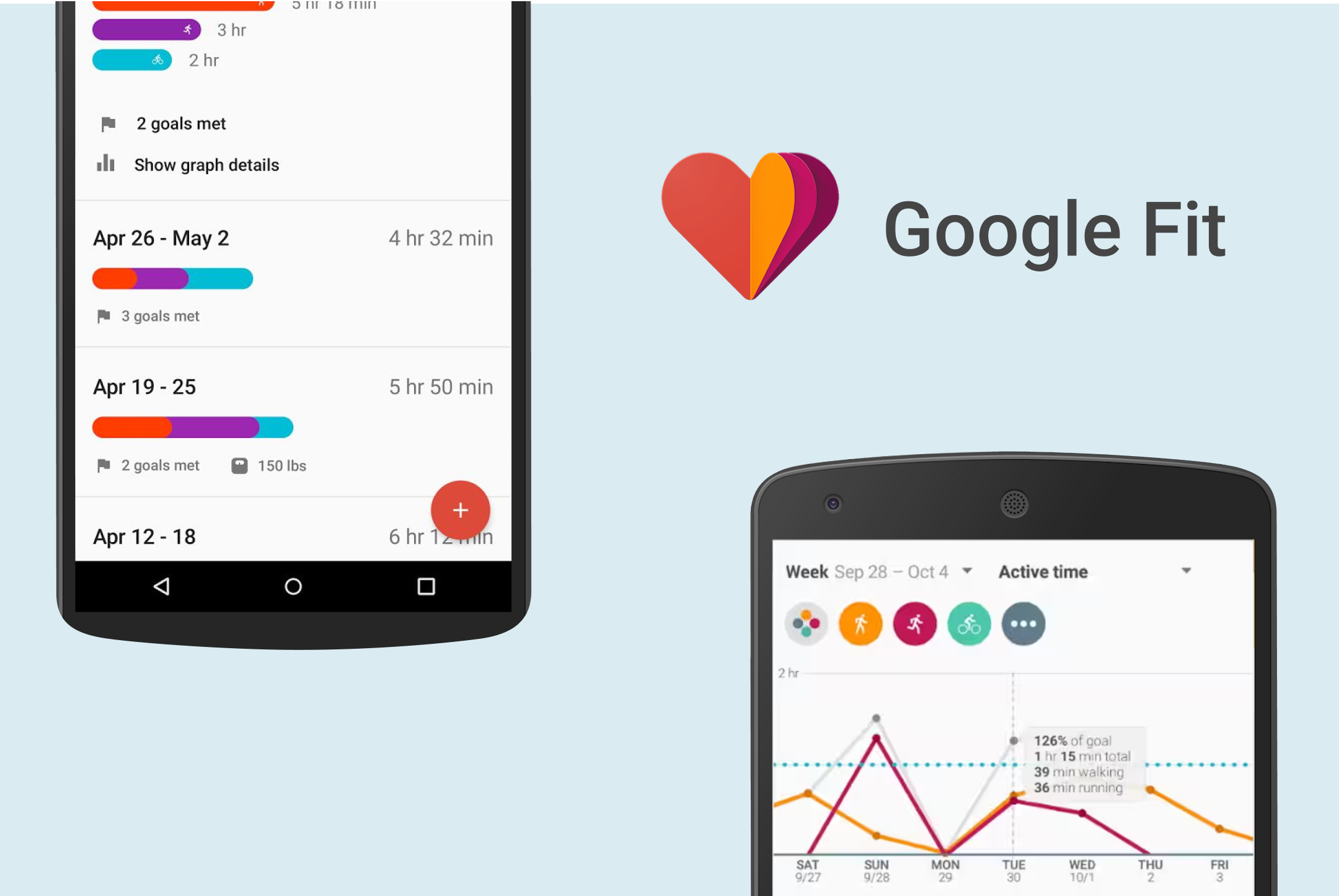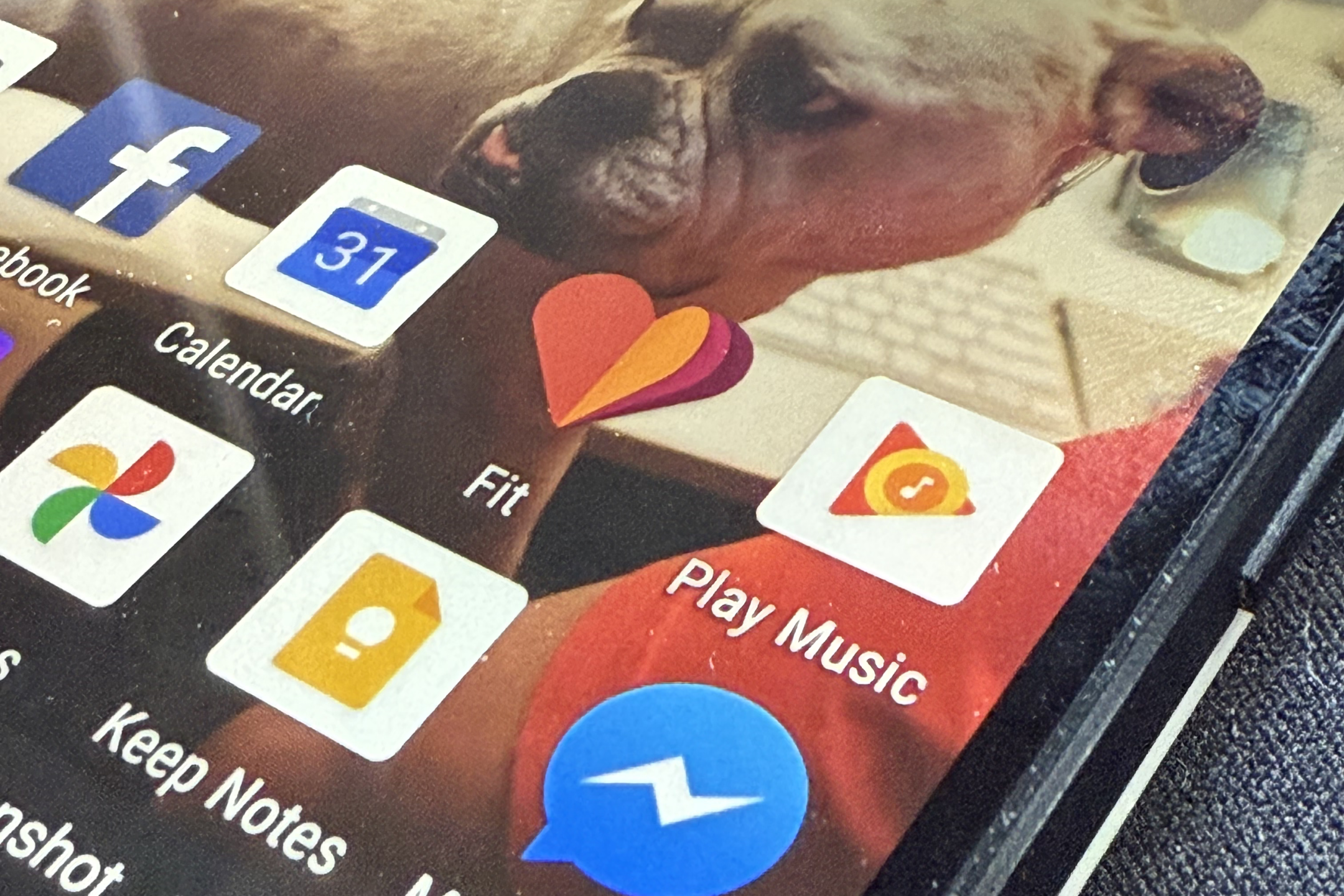I spent 4 years as a visual designer on Android, and a big chunk of that time was dedicated to Google Keep. It's still Pixel's default note-taking app and, looking at it today, it largely reflects the design work I shipped during my tenure. This experience was truly where I learned what it takes to design an Android app for hundreds of millions of users.
Coming from a startup I had some Android design experience, but at Google everything was on a different scale. I got to dive deep into user research data to solve really complex problems. Building for such a vast array of devices, unlike the more focused approach at a startup, forced me to become an expert in things like screen densities, color spaces, and Android typography. Most importantly, it honed my skills in collaborating with engineering to ensure designs came to life exactly as intended.


